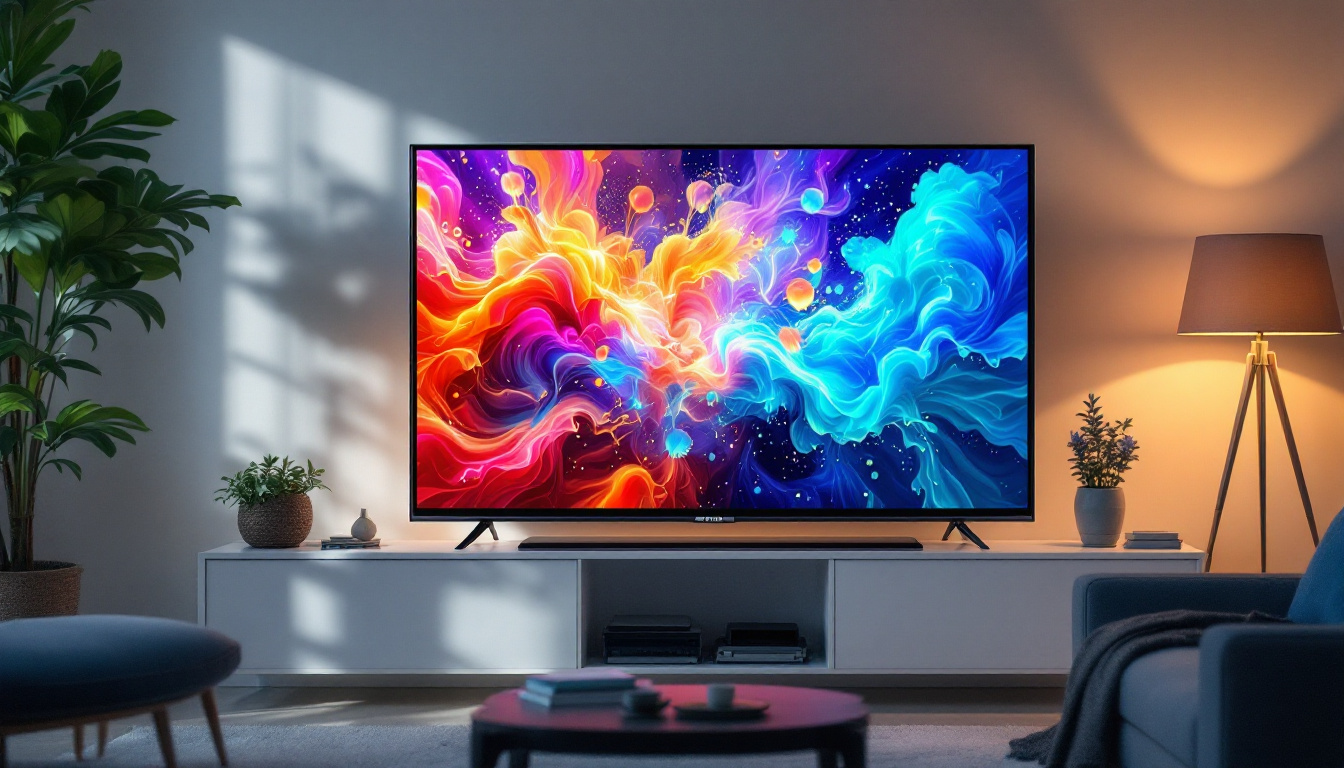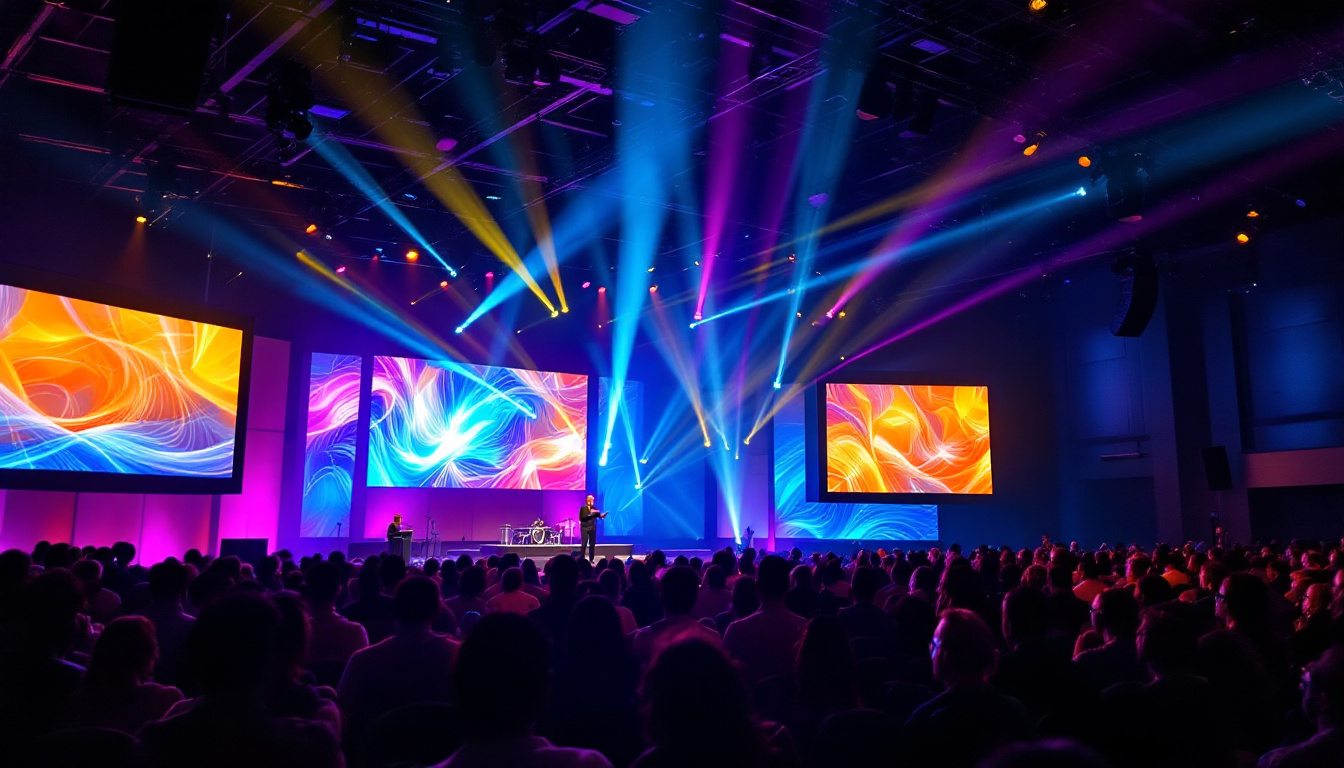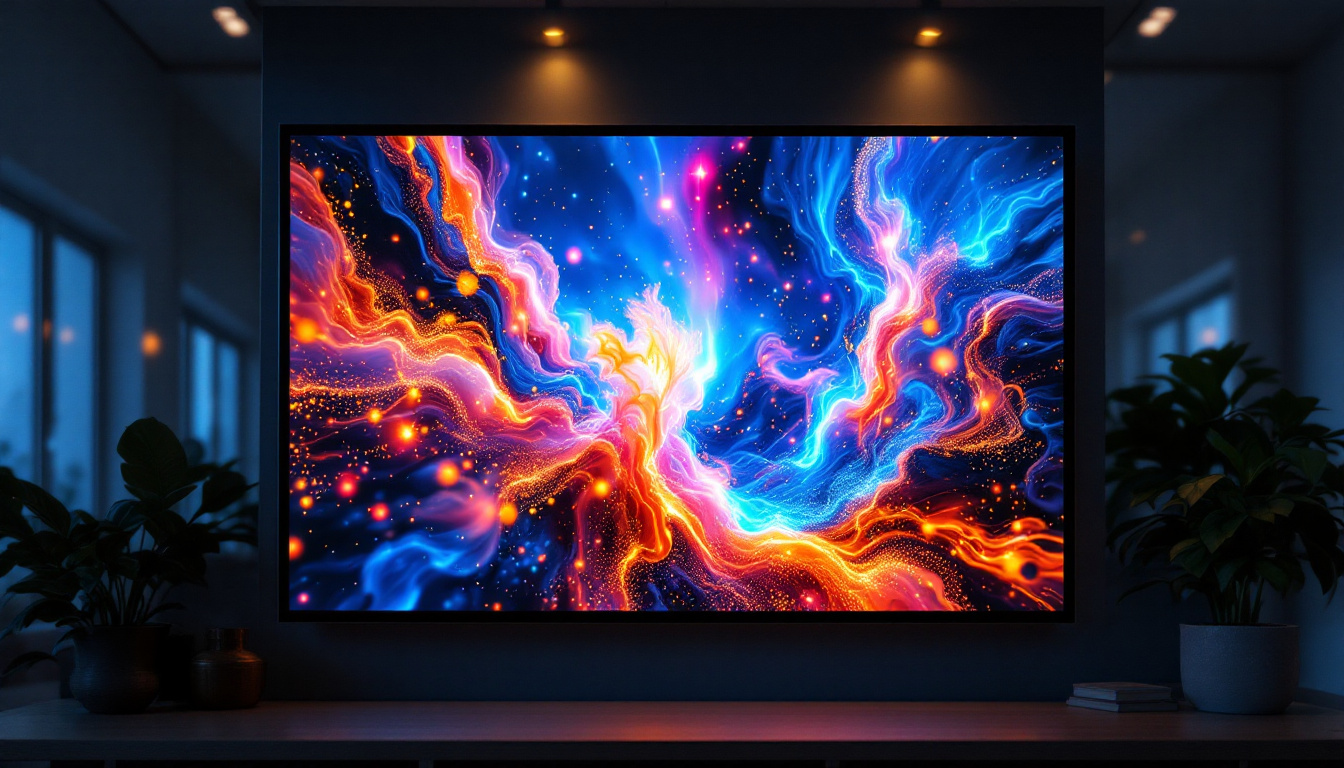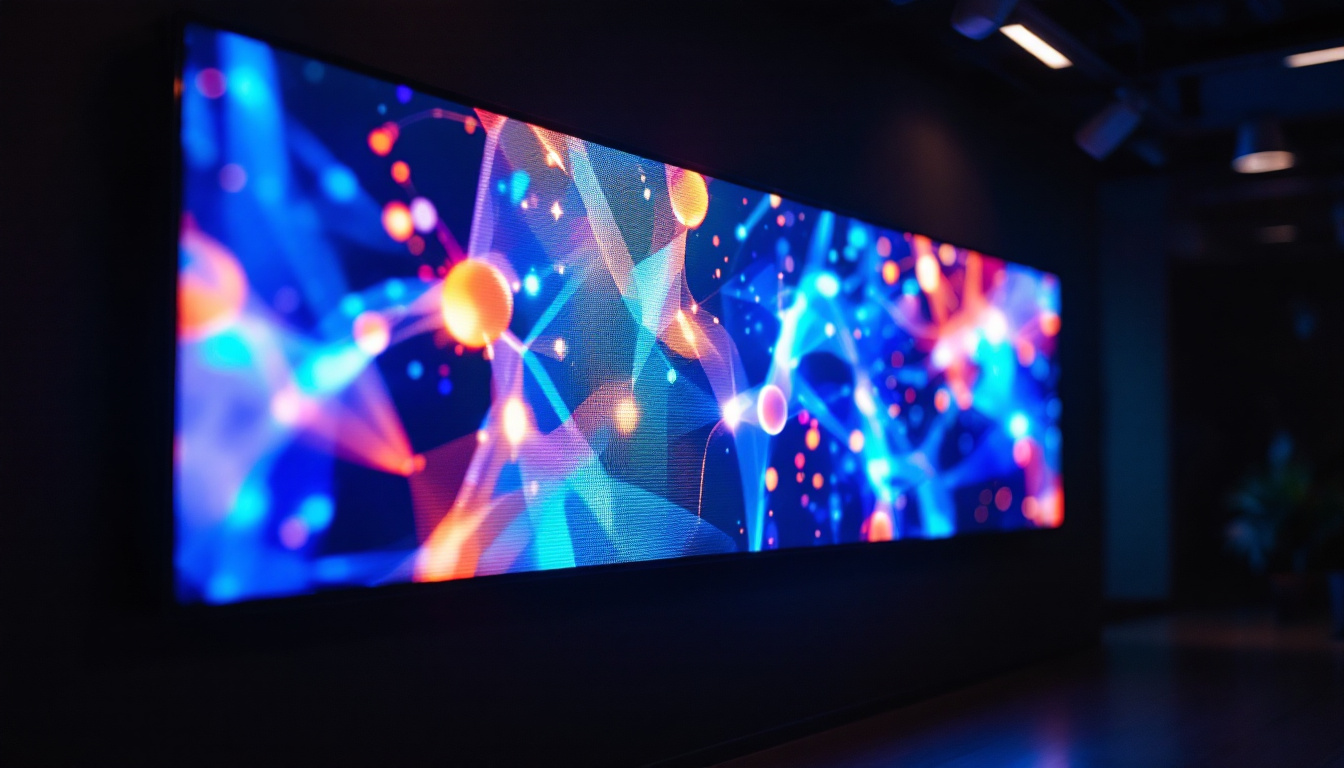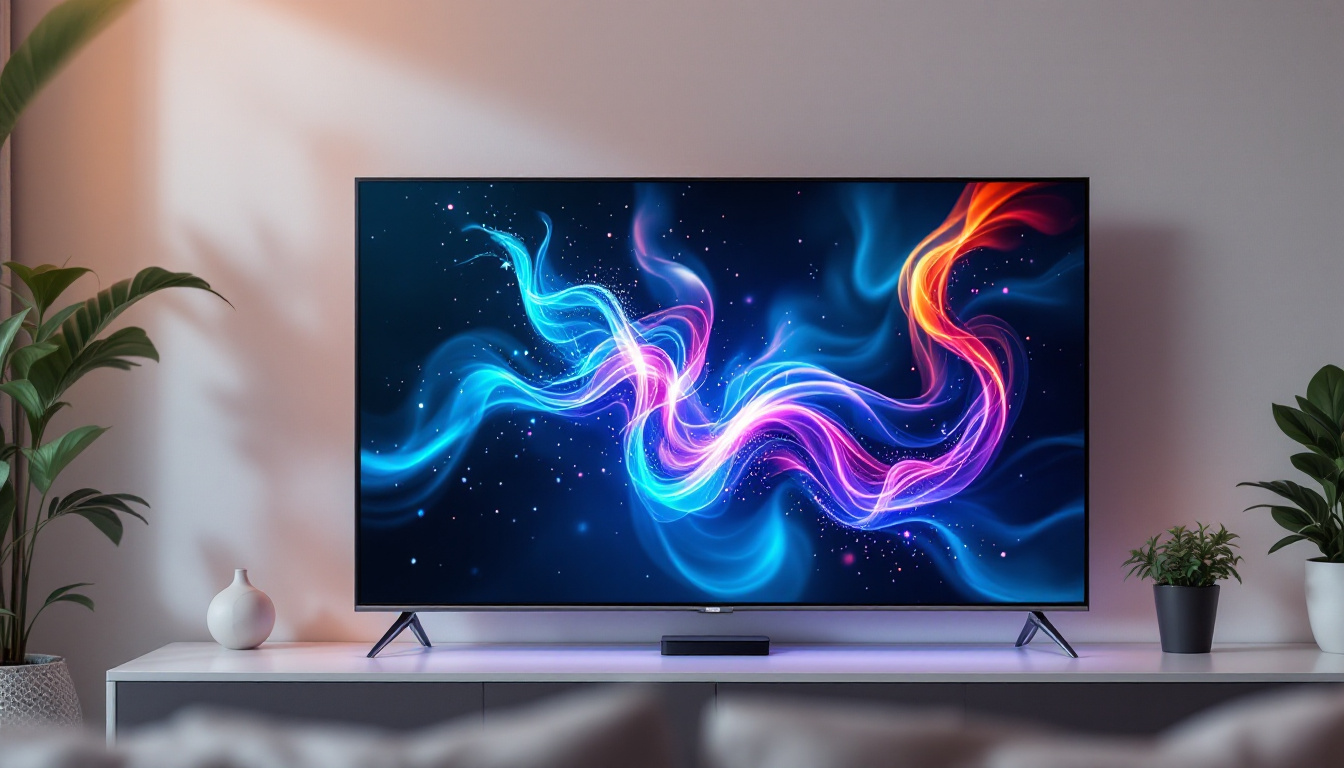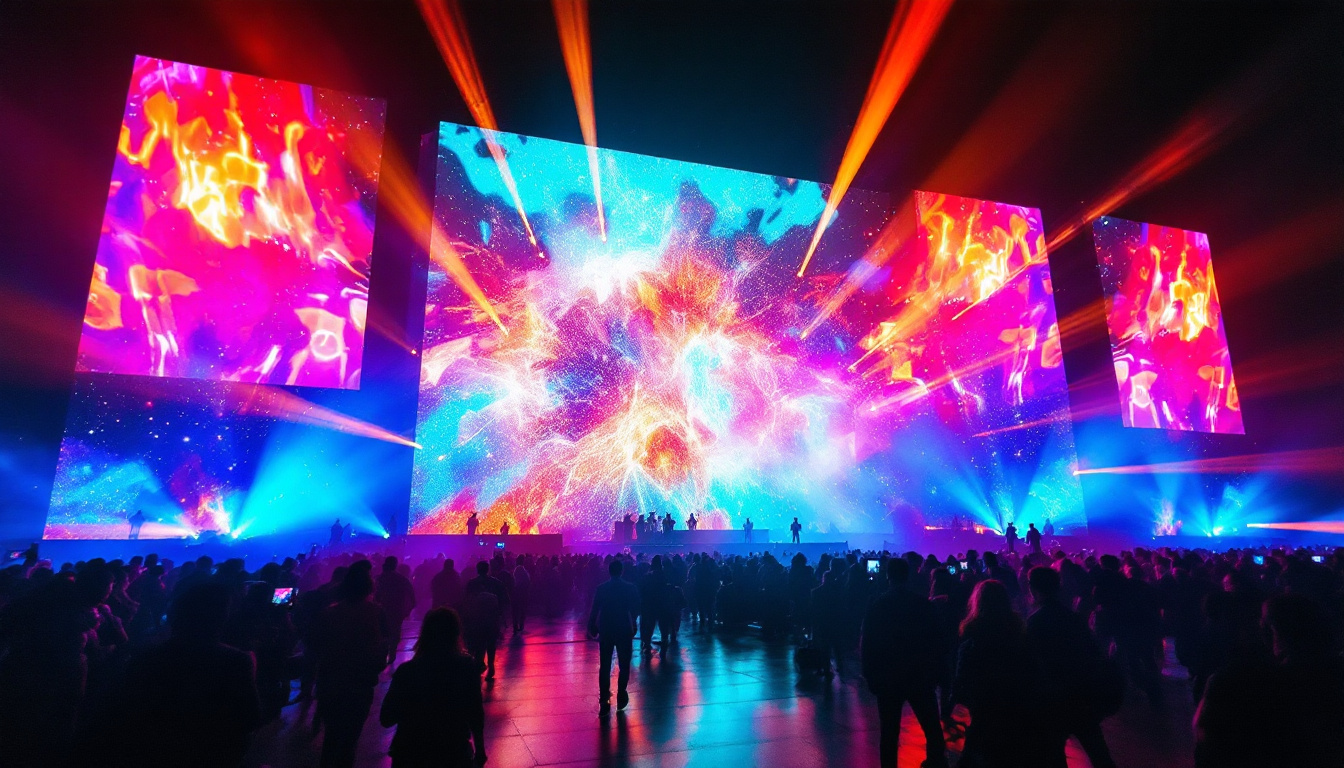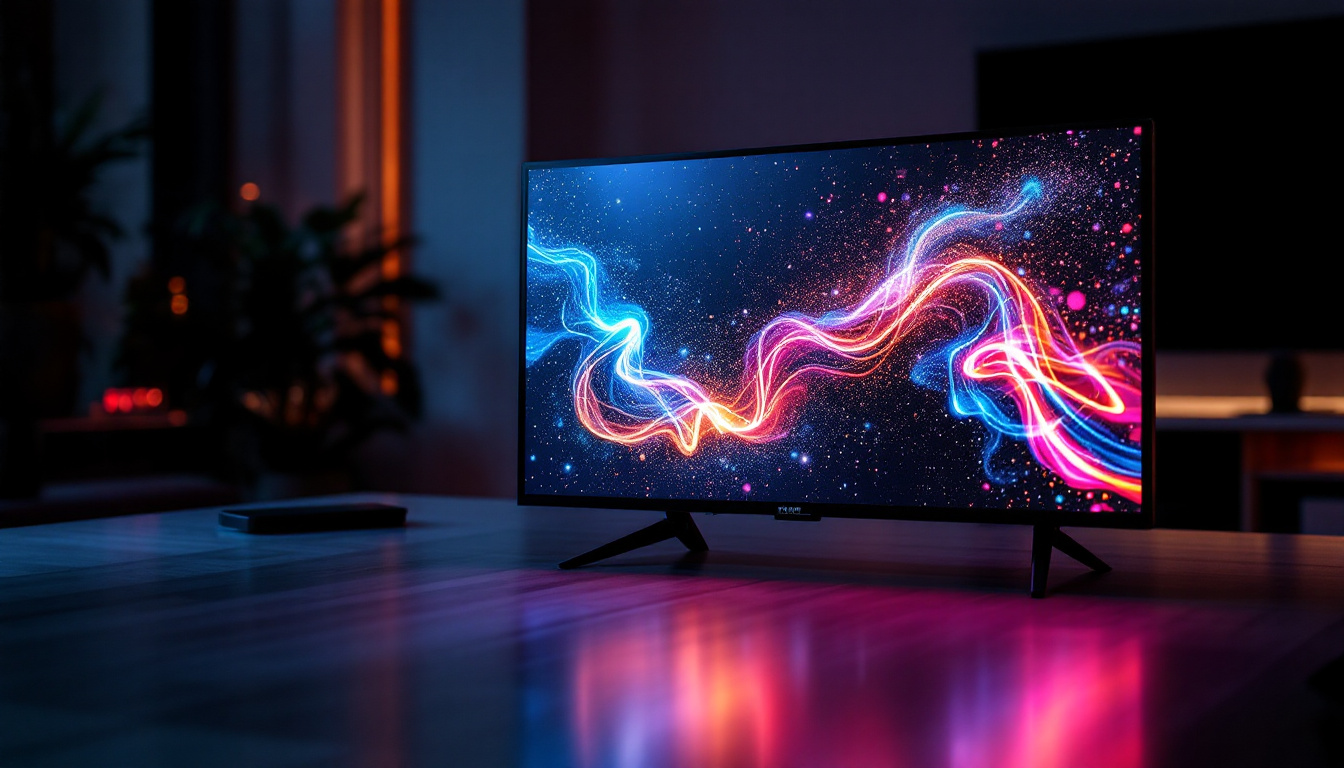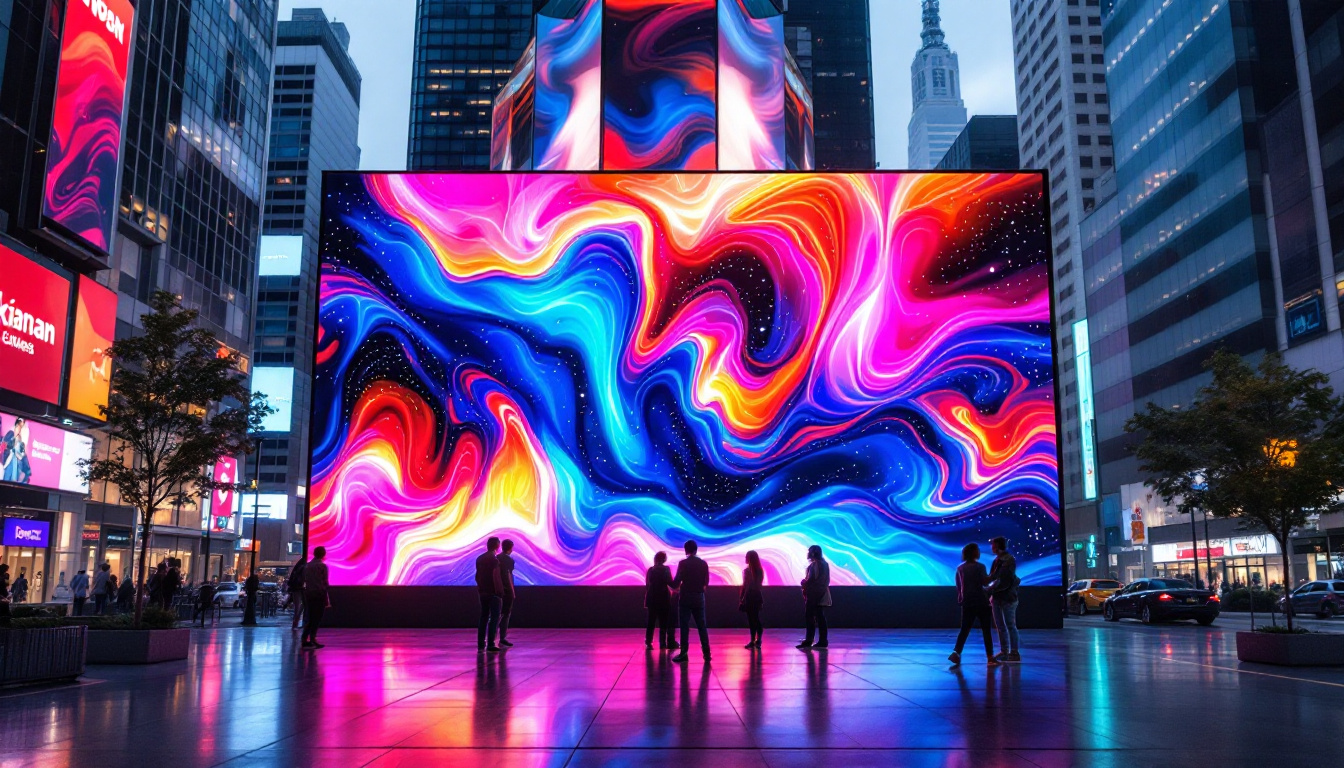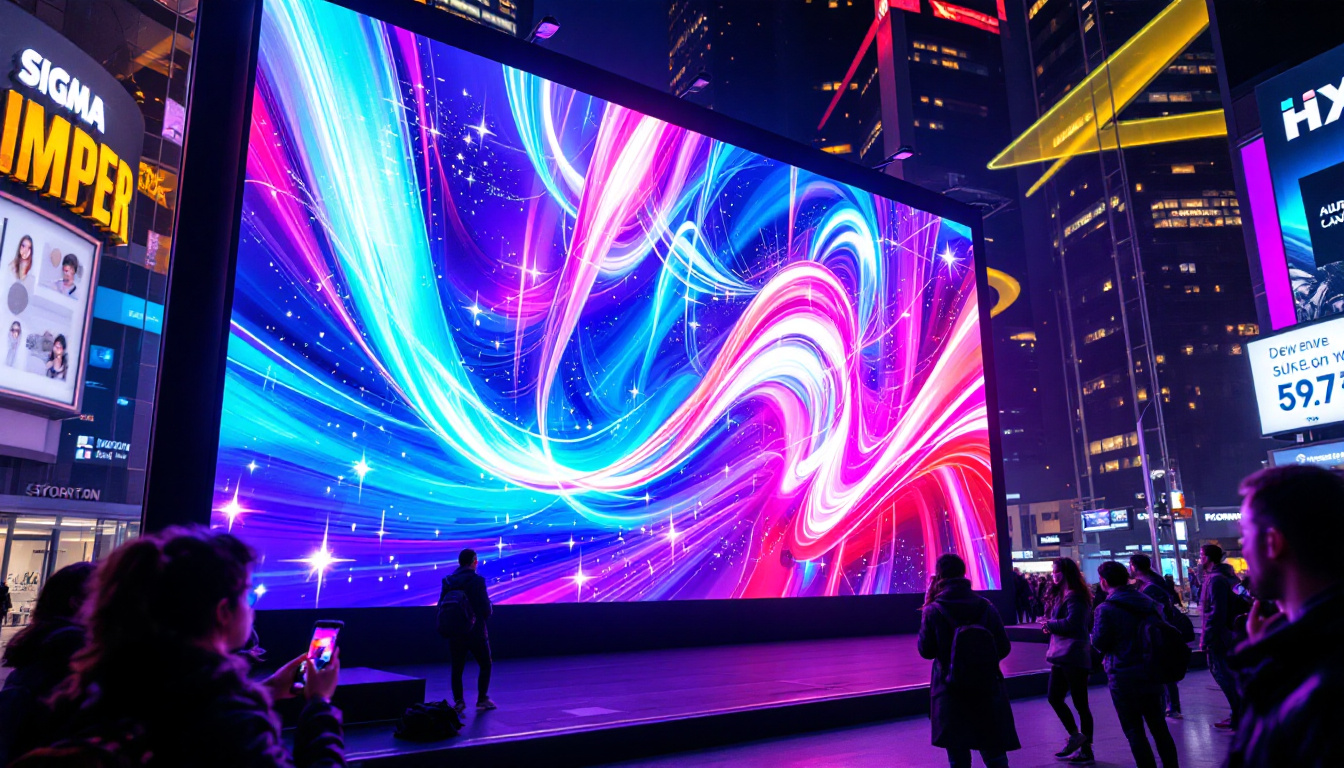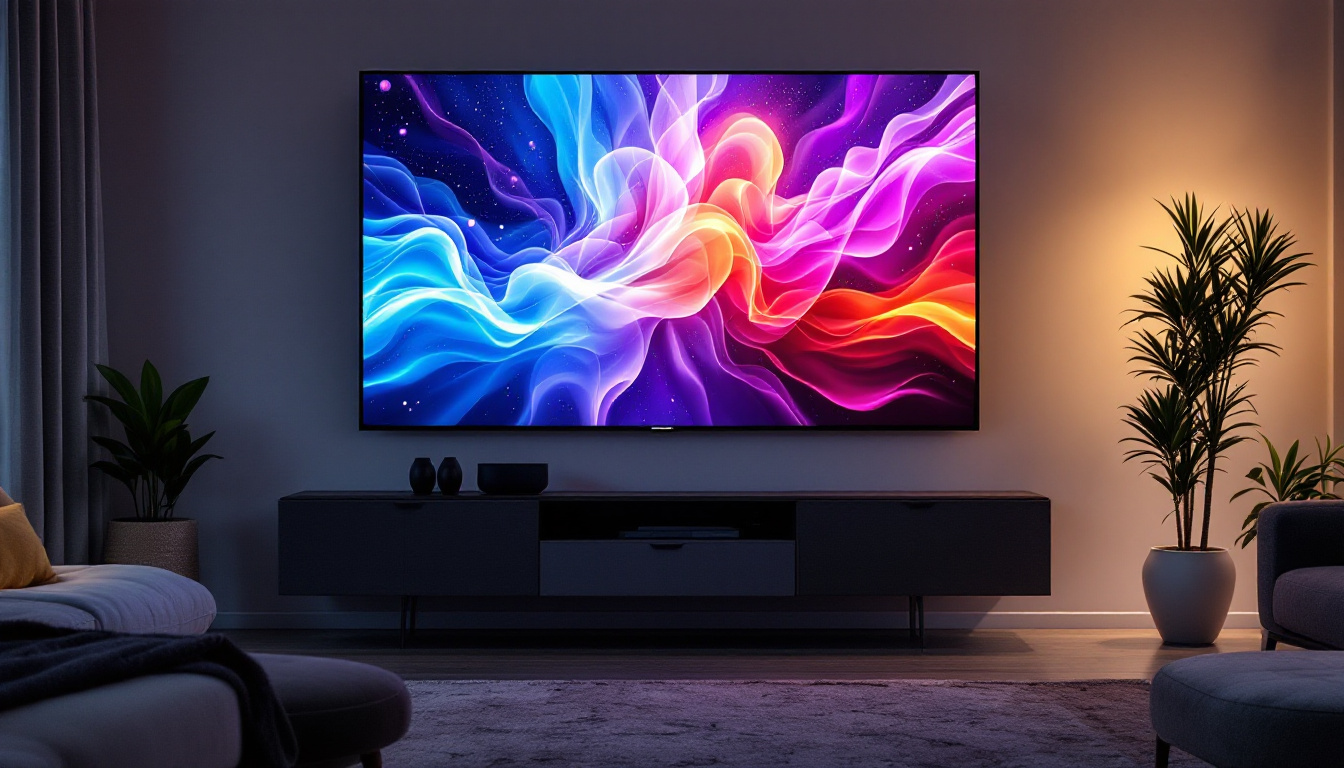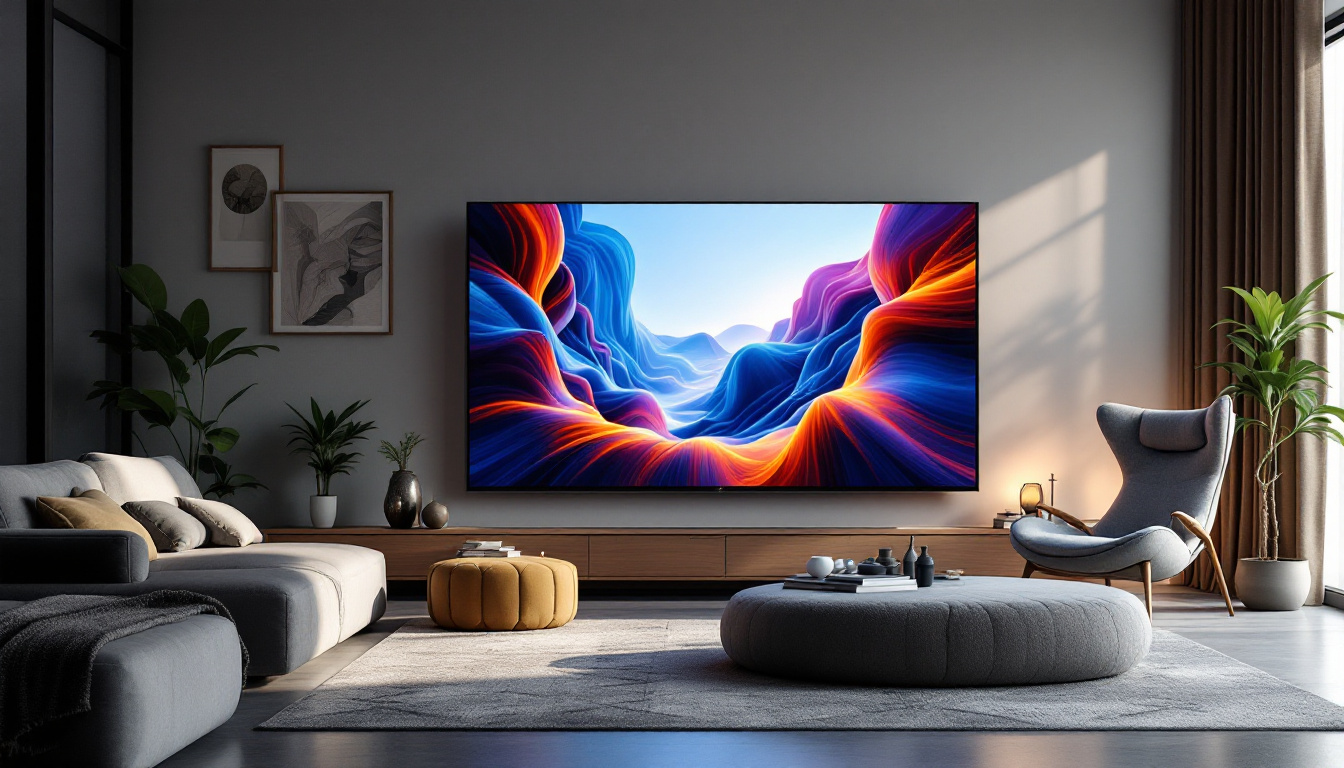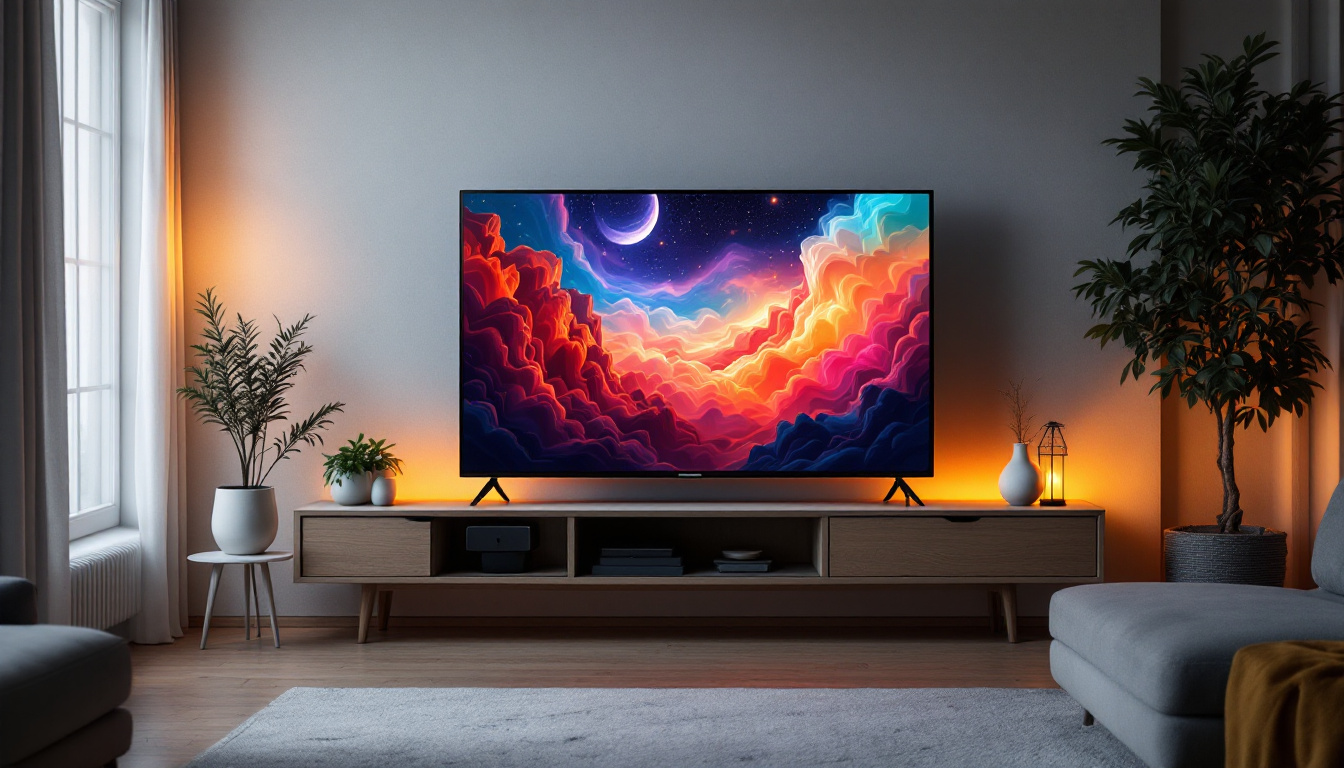High Brightness TV: LED Display Explained
In today’s fast-paced digital world, the demand for high-quality visual displays has never been greater. As technology evolves, consumers are presented with a plethora of options, making it essential to understand the various types of displays available. One of the most prominent advancements in display technology is the high brightness LED (Light Emitting Diode) television. This article delves into what high brightness TVs are, how they work, and their advantages over traditional display technologies.
Understanding LED Technology
LED technology has revolutionized the way we view content, providing brighter and more vibrant images compared to older technologies such as LCD and plasma. At its core, LED technology utilizes diodes that emit light when an electric current passes through them. This allows for greater control over brightness and color accuracy, resulting in superior picture quality. The efficiency of LED technology also contributes to energy savings, making it a more environmentally friendly option for consumers who are conscious of their carbon footprint.
How LED Displays Work
LED displays are comprised of a series of tiny light-emitting diodes that work together to create images. These diodes can be arranged in various configurations, including edge-lit and backlit designs. In edge-lit displays, LEDs are placed along the edges of the screen, while backlit displays feature a grid of LEDs behind the screen, providing more uniform brightness. This arrangement not only enhances the visual experience but also allows for thinner and lighter screens, which are ideal for modern home entertainment setups.
High brightness TVs typically employ advanced LED technology, which allows them to achieve higher luminance levels. This is particularly important in brightly lit environments, where traditional displays may struggle to produce clear images. The ability to produce higher brightness levels enhances the viewing experience, making it more enjoyable in various lighting conditions. Additionally, many high-end LED displays now incorporate features such as local dimming, which improves contrast by adjusting the brightness of specific areas of the screen, further elevating the overall picture quality.
Types of LED Displays
There are several types of LED displays available on the market today, each designed to cater to different viewing preferences and environments. The most common types include:
- Standard LED: These displays use white LEDs to illuminate the screen and are suitable for most viewing conditions.
- QLED: Quantum Dot LED technology enhances color accuracy and brightness, providing a more vivid viewing experience. This technology is particularly favored by gamers and movie enthusiasts who seek immersive visuals.
- OLED: Organic LED displays offer superior contrast and color reproduction, but may not reach the same brightness levels as traditional LED displays. However, their ability to produce true blacks and vibrant colors makes them a popular choice for high-end home theaters.
In addition to these types, there are also specialized LED displays designed for specific applications, such as outdoor advertising or digital signage. These displays often feature enhanced durability and weather resistance, ensuring they can withstand various environmental conditions while delivering stunning visuals. Furthermore, advancements in LED technology continue to emerge, with innovations such as MicroLED and MiniLED promising even greater performance and flexibility, paving the way for the next generation of display technology.
The Importance of High Brightness in TVs
High brightness levels are crucial for achieving optimal picture quality, especially in environments with significant ambient light. Whether it’s a sunlit living room or a conference room with bright overhead lights, high brightness TVs ensure that images remain clear and vibrant. This capability not only enhances the viewing experience but also makes these TVs versatile for various settings, from home theaters to professional presentations.
Enhanced Visibility
One of the primary benefits of high brightness TVs is enhanced visibility. In bright environments, traditional displays often struggle to maintain image clarity, leading to washed-out colors and reduced contrast. High brightness TVs counteract this issue by increasing the luminance, allowing viewers to enjoy rich colors and sharp details regardless of the lighting conditions. This feature is particularly beneficial for sports enthusiasts who want to catch every detail of the action, even during daytime games, or for gamers who play in well-lit rooms and need to see every element of their gameplay without strain.
Improved Color Accuracy
High brightness levels also contribute to improved color accuracy. When a display can achieve higher brightness, it can reproduce a wider range of colors more effectively. This is particularly important for content that relies on vibrant hues, such as nature documentaries or animated films. The result is a more immersive viewing experience that captures the essence of the original content. Furthermore, high brightness TVs often utilize advanced technologies like quantum dot displays or OLED panels, which enhance color reproduction and depth, making every scene pop with life. This not only elevates the enjoyment of cinematic experiences but also aids in professional environments, such as graphic design or video editing, where precise color representation is essential for accurate work.
Applications of High Brightness TVs
High brightness TVs are not only popular in home entertainment but also find applications in various professional settings. Their ability to perform well in bright environments makes them ideal for a range of uses.
Commercial Use
In commercial settings, high brightness TVs are often utilized for advertising displays, information kiosks, and digital signage. Retailers benefit from the ability to showcase products in an eye-catching manner, drawing in customers even in well-lit stores. Additionally, businesses use high brightness displays for presentations and meetings, ensuring that all participants can see the content clearly. These displays are also increasingly being integrated into smart city projects, where they serve as information boards in public spaces, providing real-time updates on transportation schedules, weather, and local events. This versatility not only enhances customer engagement but also improves the overall flow of information in urban environments.
Home Entertainment
For home users, high brightness TVs enhance the viewing experience for movies, sports, and gaming. Families can enjoy their favorite shows without worrying about glare from windows or overhead lights. Furthermore, high brightness TVs often come equipped with advanced features such as HDR (High Dynamic Range), which further enhances picture quality by providing a greater contrast between the darkest and brightest parts of the image. Many models also incorporate smart technology, allowing users to access streaming services and apps directly from their TV, making it easier than ever to enjoy a wide range of content. The immersive experience is further amplified by superior sound systems that accompany these displays, creating a home theater environment that rivals traditional cinema experiences. With the growing trend of home entertainment systems, high brightness TVs are becoming a central component in modern living rooms, catering to the needs of avid viewers and casual watchers alike.
Choosing the Right High Brightness TV
When selecting a high brightness TV, several factors should be considered to ensure that the chosen model meets specific needs and preferences. Understanding these factors can help consumers make informed decisions.
Brightness Levels
Brightness levels are typically measured in nits, with higher numbers indicating a brighter display. For optimal performance in bright environments, a TV with a brightness level of at least 600 nits is recommended. However, for those who frequently watch content in direct sunlight, models that exceed 1000 nits may be more suitable.
Resolution and Screen Size
Resolution is another crucial factor to consider. High definition (HD), 4K, and even 8K resolutions are available, with higher resolutions providing more detail and clarity. Additionally, screen size plays a significant role in the viewing experience. A larger screen can enhance immersion, particularly for cinematic content.
Future of High Brightness LED Displays
The future of high brightness LED displays looks promising, with ongoing advancements in technology paving the way for even better performance. Innovations such as MicroLED and MiniLED are set to enhance brightness, contrast, and color accuracy further, pushing the boundaries of what is possible in display technology.
MicroLED Technology
MicroLED technology utilizes microscopic LEDs to create individual pixels, allowing for greater control over brightness and color. This technology offers the potential for displays that are not only brighter but also more energy-efficient. As MicroLED technology matures, it is expected to become a game-changer in the world of high brightness TVs.
MiniLED Technology
MiniLED technology is another exciting development, utilizing smaller LEDs for backlighting. This allows for more precise control over local dimming, resulting in improved contrast and brightness levels. As manufacturers continue to explore MiniLED technology, consumers can expect to see even more impressive high brightness displays in the near future.
Conclusion
High brightness TVs represent a significant advancement in display technology, providing consumers with vibrant, clear images even in challenging lighting conditions. Understanding how LED technology works, the importance of brightness, and the various applications of high brightness displays can empower consumers to make informed choices when selecting their next television. As technology continues to evolve, the future of high brightness LED displays promises to deliver even more stunning visual experiences, making them an essential component of modern entertainment and professional environments.
In summary, whether for home use or commercial applications, high brightness TVs offer unparalleled performance, enhancing the viewing experience and ensuring that content is displayed in its best light. As advancements in technology continue to unfold, the possibilities for high brightness displays are limitless.
Discover LumenMatrix’s Advanced LED Displays
Ready to elevate your visual experience with the latest in high brightness LED technology? Look no further than LumenMatrix, a pioneer in crafting LED display modules that transform how you engage with your audience. From the immersive Indoor LED Wall Display to the dynamic Outdoor LED Wall Display, and from the innovative Vehicle LED Display to the sleek LED Poster Display, LumenMatrix offers a comprehensive range of solutions tailored to your needs. Embrace the future of visual communication with our LED Sports Display, Floor LED Display, Custom LED Display, All-in-One LED Display, and LED Transparent Display. Experience the revolution in digital signage and LED displays that captivate, engage, and deliver your message with unparalleled clarity. Check out LumenMatrix LED Display Solutions today and see your world in a whole new light.

